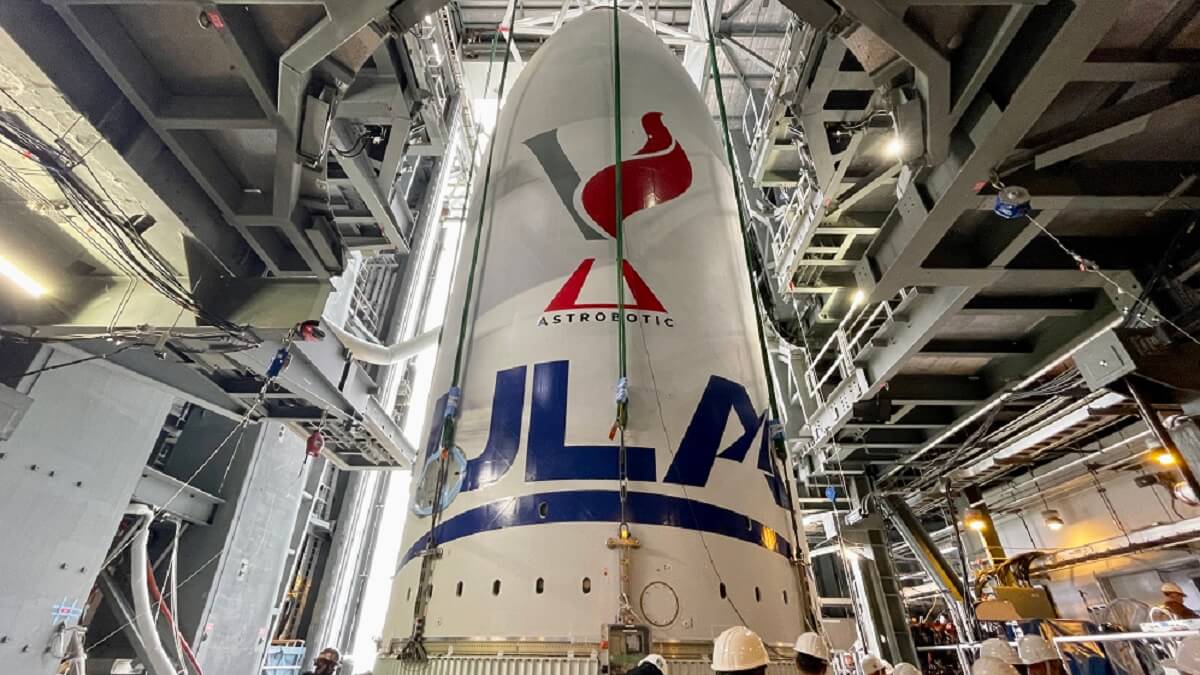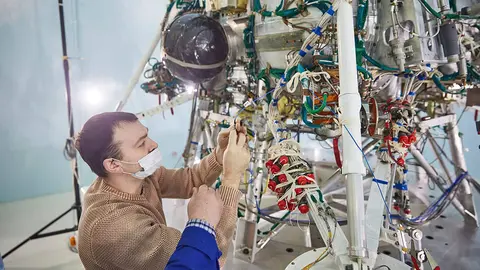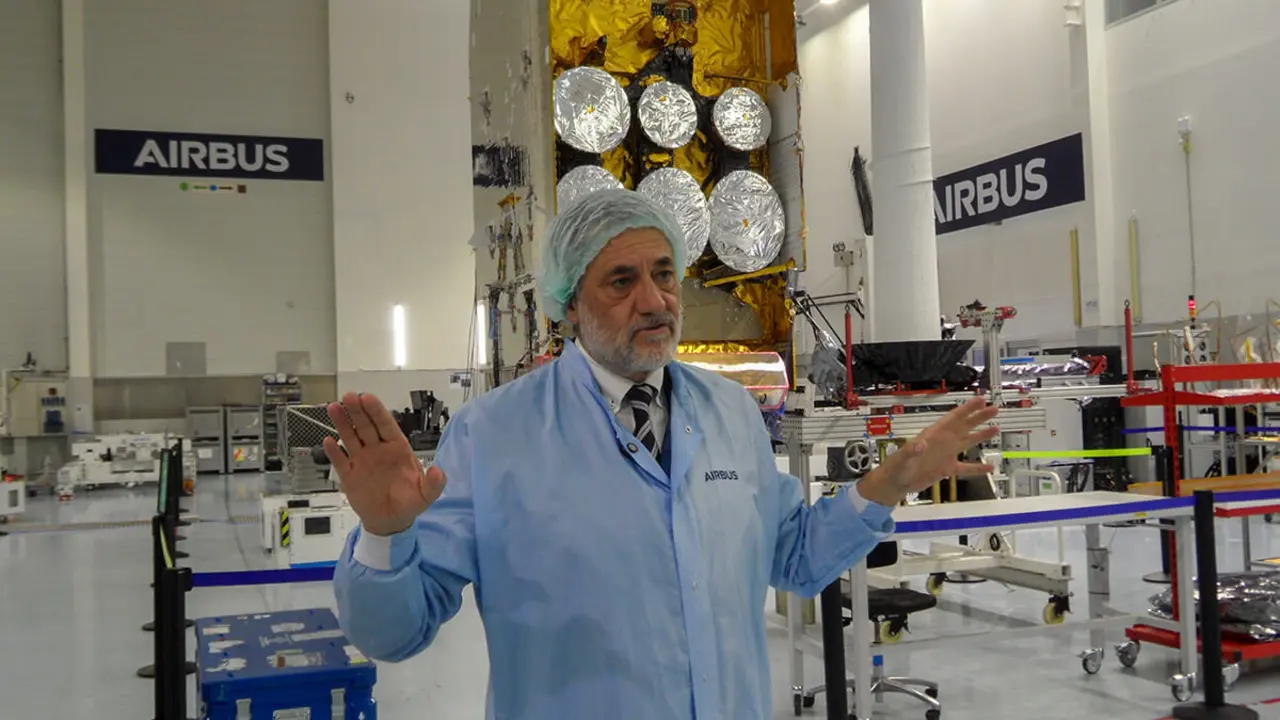Space 2024 kicks off with 8 Golden Days that result in five successes and one fiasco

The year that has just begun follows in the wake of 2023 and is packed with private and institutional trips to the Moon, maiden flights of launchers, the liftoff of scientific probes and many manned missions with astronauts of many different nationalities.
In a kind of 8 Golden Days between the first of the year and 8 January, India, the United States and China added six launches into space. The space year was inaugurated in New Delhi with the launch on New Year's Day of the XPoSat satellite, which will spend five years trying to observe black holes that devour supernovae, pulsars and neutron stars.
The short period of presumed success was brought to a close by Washington on 8 January with the debut of the new Vulcan rocket, which put the 39-year-old Astrobotic Technology company's Peregrine lunar surface probe, led by John Thornton, on the right trajectory. The first lunar lander to be launched by the United States in five decades, in less than 24 hours it has gone from a feeling of great satisfaction to one of complete fiasco.

A small, low-cost spacecraft in NASA's Commercial Lunar Mission Program (CLPS), when Peregrine was only a few hours into its journey, Astrobotic's technicians detected that it was not facing the Sun and its solar panels were not charging its batteries. Once the anomaly was corrected, they also identified that it was suffering from a fuel leak that caused "a critical loss of propulsion" that prevented it from travelling the 384,400 kilometres to the Moon.
A statement from Astrobotic in the early hours of 9 January said that the engines can only provide thrust "for about 40 hours". Given the situation, the goal "is to get Peregrine as close to the Moon as possible, before it loses the ability to maintain its position pointing at the Sun and loses power". In other words, the company is ruling out the moon landing, which was scheduled for 23 February.

Main destination remains the Moon
Between India's success and the failed US lunar mission Peregrine, there have been four other launches: one from China - with four weather satellites - and three from the United States. The latter were carried by Falcon 9 rockets from Elon Musk's SpaceX company, which have positioned a total of 45 satellites. The vast majority (44) belong to the Starlink constellation, which already has no less than 5,289 satellites in orbit.
And all this in just the first eight days of January, and there are still 51 weeks of important milestones to meet. For example, the United States will continue to fight a fierce battle with China to remain at the forefront of the global space ecosystem. Its main protagonist is the SpaceX company, with its reliable Falcon 9 rocket, the Starlink constellation and the huge new Starship launcher, all owned by tycoon Elon Musk, who is confident of completing more than a hundred liftoffs.
NASA will shortly announce the delay until 2025 of the second firing of its SLS rocket, which for the moment is still scheduled to take off in November with the Artemis II mission, in what will be the first manned flight beyond the Earth's natural satellite, with three male and one female astronaut.

The Moon will continue to be the focus of robotic missions in 2024. The Japan Aerospace Exploration Agency (JAXA) will attempt to land its SLIM probe, launched in September, on the Moon on 19 January. And the private Japanese company Ispace, which lost contact with its Hakuto-R probe on 25 April and crashed into the lunar surface, has announced that it will launch a second mission in the winter of this year.
China will launch its Chang'e-6 spacecraft around May. With instruments from France, Italy, Pakistan and Sweden, it will collect soil and subsurface samples from the far side of the moon for more than a month and bring them back to Earth. From mid-February, NASA will send to the Moon the surface modules it has subsidised from the companies Intuitive Machines (Nova-C), Firefly (Blue Ghost) and Astrobotic (Griffin), which carry US Agency equipment and cargo from various institutions and companies.

Numerous manned flights and space walks
Around ten manned space flights are scheduled for this year. Five of them to the International Space Station: two on Russian Soyuz spacecraft (MS-25 in March; MS-26 in September), each with three human beings on board. Three other missions, perhaps four, in US Crew Dragon capsules, each with four astronauts.
The first is planned for 17 January. It is the private Axiom 3 trip aboard a Crew Dragon capsule, in which all the astronauts are military aviators: Spanish-born US Navy Colonel Michael Lopez Alegria and Lieutenant Colonels Walter Villadei, Alper Gezeravcı and Marcus Wandt, from the Italian, Turkish and Swedish Air Forces, respectively.

Boeing's first manned CST-100 Starliner capsule, carrying veteran astronauts Sunita Williams and Barry E. Wilmore, is finally due to take off in mid-April. Its first uncrewed flight dates from December 2019 and poor test results have required numerous improvements. When CST-100 gets the go-ahead from NASA, along with SpaceX's Crew Dragon, they will be the two manned capsules NASA wants to abandon its shared flights with Russian Soyuz spacecraft.
Between spring and summer, the manned Polaris Dawn mission will take off aboard a Crew Dragon capsule. Its purpose is to place billionaire and former astronaut Jared Isaacman and engineers Scott Poteet, Sarah Gillis and Anna Menon in the highest orbit ever reached by humans and to carry out extra-vehicular activities. On the Beijing side, two more spacecraft - Shenzhou-18 in May and Shenzhou-19 in November - will fly with three astronauts to China's orbital complex to relieve the crews housed there.

For launchers, 2024 is a key year. After the successful maiden flight of the Vulcan on 8 January, a second launch is pending in order to obtain the certification required by the Space Force for the award of Pentagon contracts. Japan's new H-3 rocket will attempt a second liftoff in mid-February, following a failed launch in March 2023 that ended in its destruction. In the summer, the American New Glenn, from the Blue Origin company, is expected to make its debut, while the flight of the Ariane 6, which has been delayed for too many years, is expected to be the most eagerly awaited in Europe.












